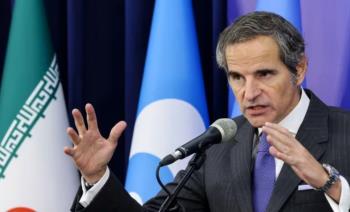Alwaght- The US has seen the highest number of mass killings in 2019, with 41 incidents claiming lives of 211 people.
According to the database complied by the Associated Press, USA Today and Northeastern University, 33 of the incidents, defined as when four or more people are killed excluding the perpetrator, involved firearms.
The 41 mass killings were the most in a single year since the database began tracking such events back in 2006. Other research going back to the 1970s shows no other year with as many mass killings. The second-most was 38 in 2006.
Following deadly rampages in Virginia Beach, Virginia, in May; in the Texas cities of Odessa and El Paso, and Dayton, Ohio, in August; and in Jersey City, New Jersey, this month, the brutal yearly tally comes as the debate over gun-control and efforts to reduce access to 4m assault weapons in circulation appear stalled.
Those efforts come after a troubled year for the country’s most vociferous and powerful gun advocate, the National Rifle Association. Beset by executive infighting, the lobbying group faces a New York state investigation into claims that thousands of dollars were diverted to its board members.
In terms of the number of fatalities, the 211 people killed in this year is still eclipsed by the 224 victims in 2017, when the deadliest mass shooting in modern American history took place at a concert in Las Vegas.
California, with some of the strictest gun laws in the country, registered eight mass killings, the most in the country. Nearly half of US states experienced a mass killing.
According to the database, most mass killings fail to make national news unless they spill into public spaces. The majority involve people who knew each other, family disputes, drug or gang violence or people with beefs that directed their anger at co-workers or relatives.
In many cases, what triggered the perpetrator remains a mystery, the database shows. The incident in Oregon was one of 18 mass killings where family members were killed, and one of six that didn’t involve a gun. Other weapons included knives, axes and arson. Nine mass shootings occurred in public spaces; others were in homes, workplaces or bars.
“What makes this even more exceptional is that mass killings are going up at a time when general homicides, overall homicides, are going down,” James Densley, a criminologist and professor at Metropolitan State University in Minnesota, told the Associated Press.
“This seems to be the age of mass shootings,” Densley said, expressing worry over a “contagion effect” spreading mass killings.
“What fuels contagion is fear,” explained James Alan Fox, a criminologist at Northeastern. “These are still rare events. Clearly the risk is low but the fear is high.”



























